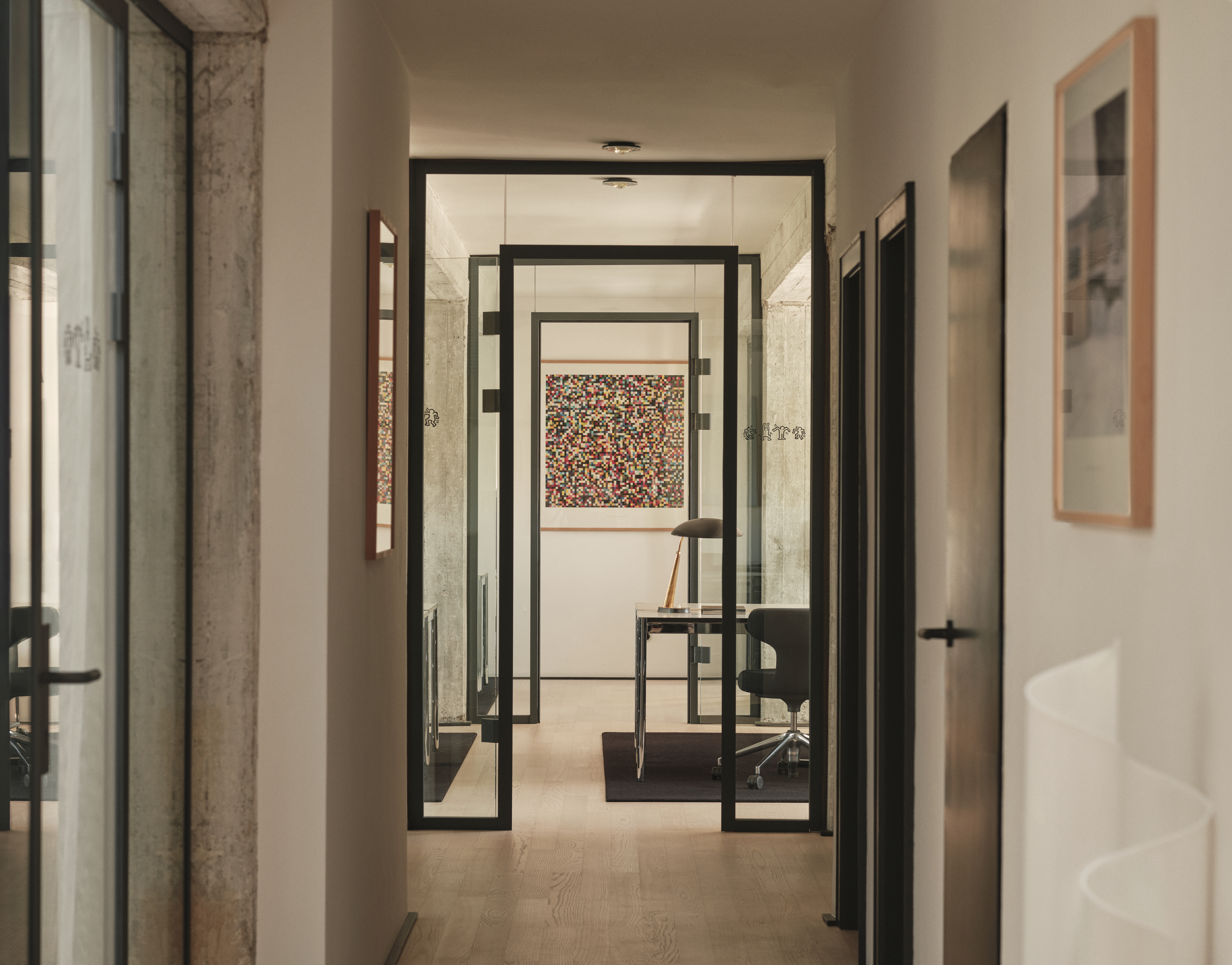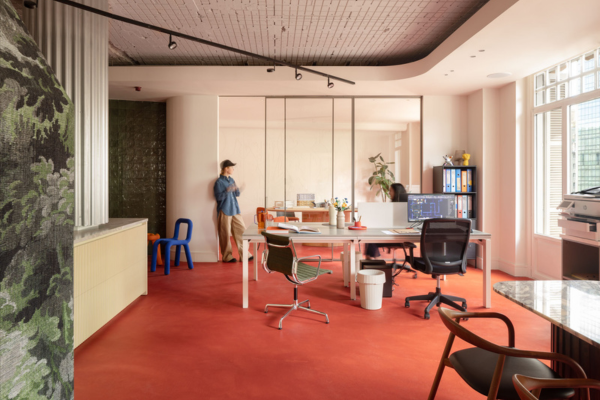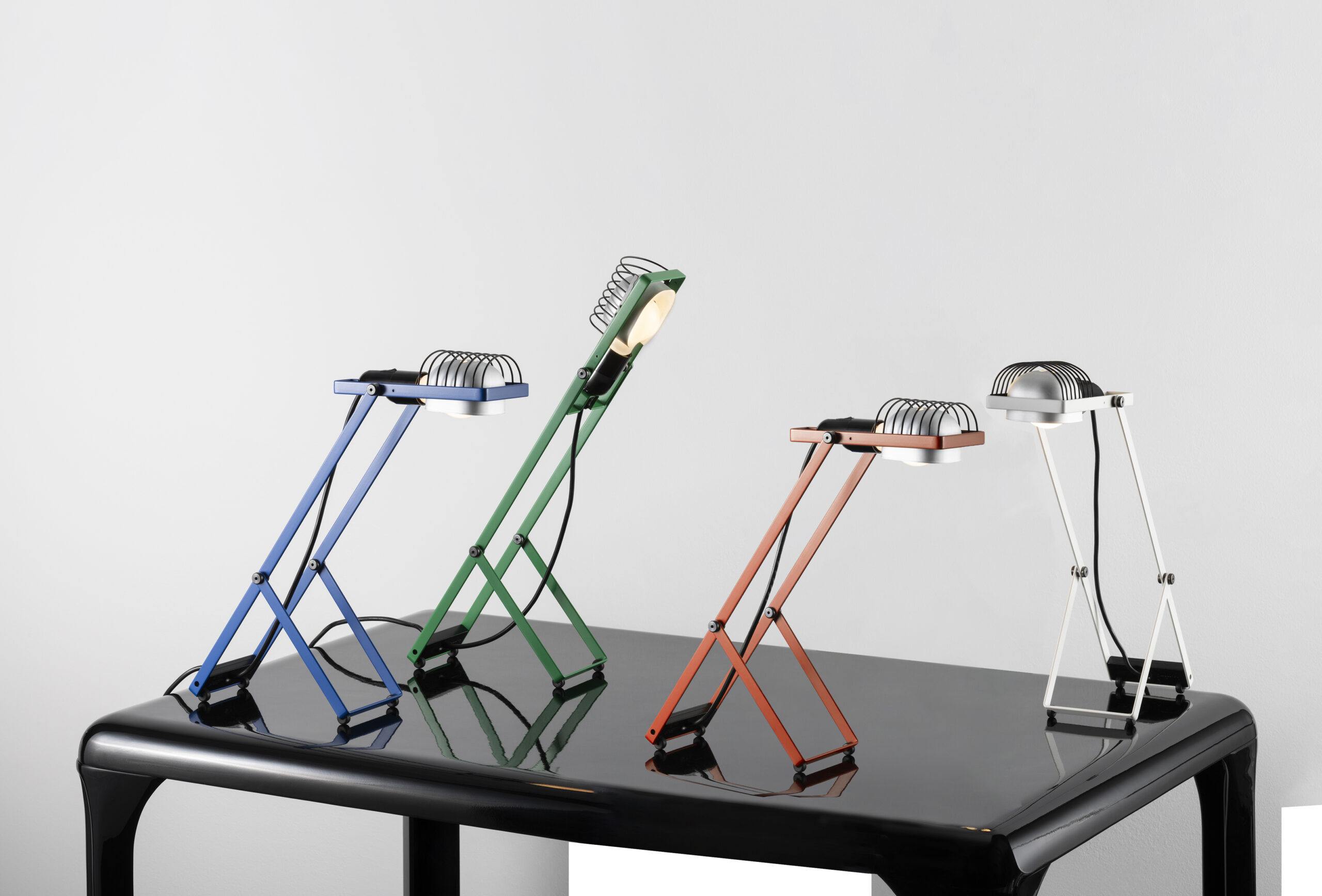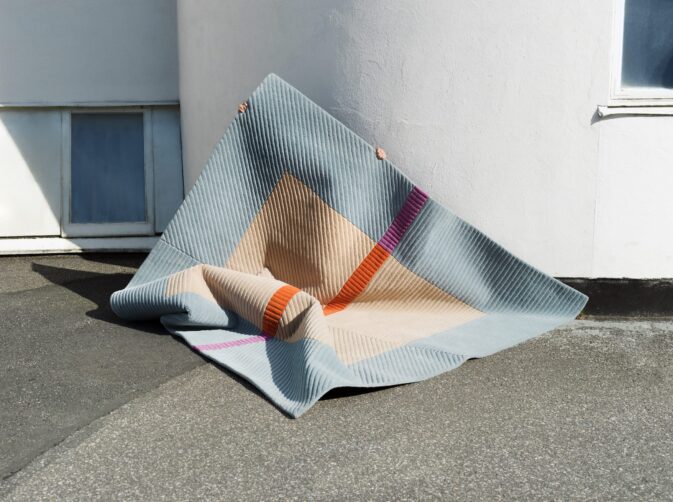
While bringing folk art into the 21st century, rug company Finarte is also maintaining traditions of handcraft and using recycled materials. Welcome to the bold face of modern Finnish design
Even ten years ago, when the prevailing winds were telling us that interiors should be mindfully monochrome, Finnish rug maker Finarte was unwavering in its dedication to colour. While everyone was channeling Scandi minimalism with blonde wood, grey upholstery and black-and-white graphics on floors and walls, Finarte stayed true to the passion and principles of its founder, Eija Rasinmäki, who in 1985 made a commitment to breathing new life into the sustainable, colour-drenched craft of ryijy, or Finnish rag-rug weaving.
Finarte is among those, like Marimekko, who represent the flipside of pared-back Finnish modernism. Having weathered the desaturated storm, Finarte is back in the limelight. With a second generation at the helm and on the cusp of its 40th birthday, it recently picked up an NYCxDESIGN Award for its Baden rug, and is garnering interest beyond its Nordic borders. It is also taking steps to move outside the domestic arena and will soon offer a made- to-measure service.
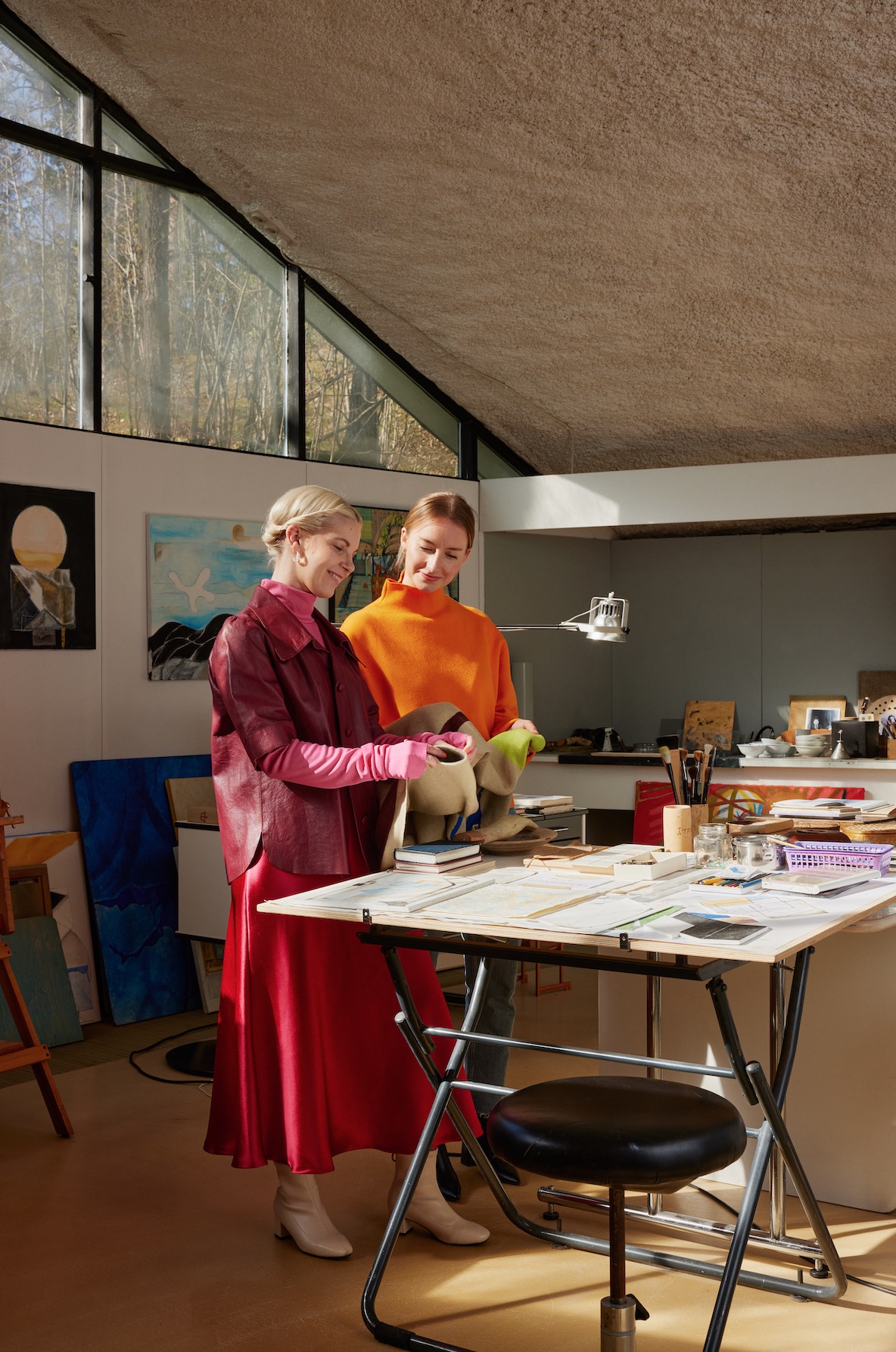
The love that Finarte is currently feeling should come as no surprise. Sustainable sourcing, bold colours, handcraft and unique artistry resonate strongly with today’s home and hospitality designers. Though design and production have naturally evolved over the years, circularity and durability have always been at the brand’s core. The centuries-old tradition of rag-rug making, which was typically the pursuit of mothers and daughters, saw old bed sheets and clothes woven into multicoloured floor coverings. Rasinmäki, who by the mid-1980s was already an accomplished artist and weaver, set about elevating the craft, so that it was no longer simply the preserve of folk art.
The principle of working with textile leftovers persists today. “We’re not using our own old clothes, but we are using surplus fabrics from the textile industry,” says Larissa Immonen, Rasinmäki’s daughter, who has been steering Finarte since 2014. “We’ve been doing that since the very beginning.” The company also uses wool, which is not recycled since such resources are rare, but it is committed to transparency. “Certified materials are important – you have to know almost to the sheep where they come from,” says Immonen. “We are trying to track everything as far as we can.”
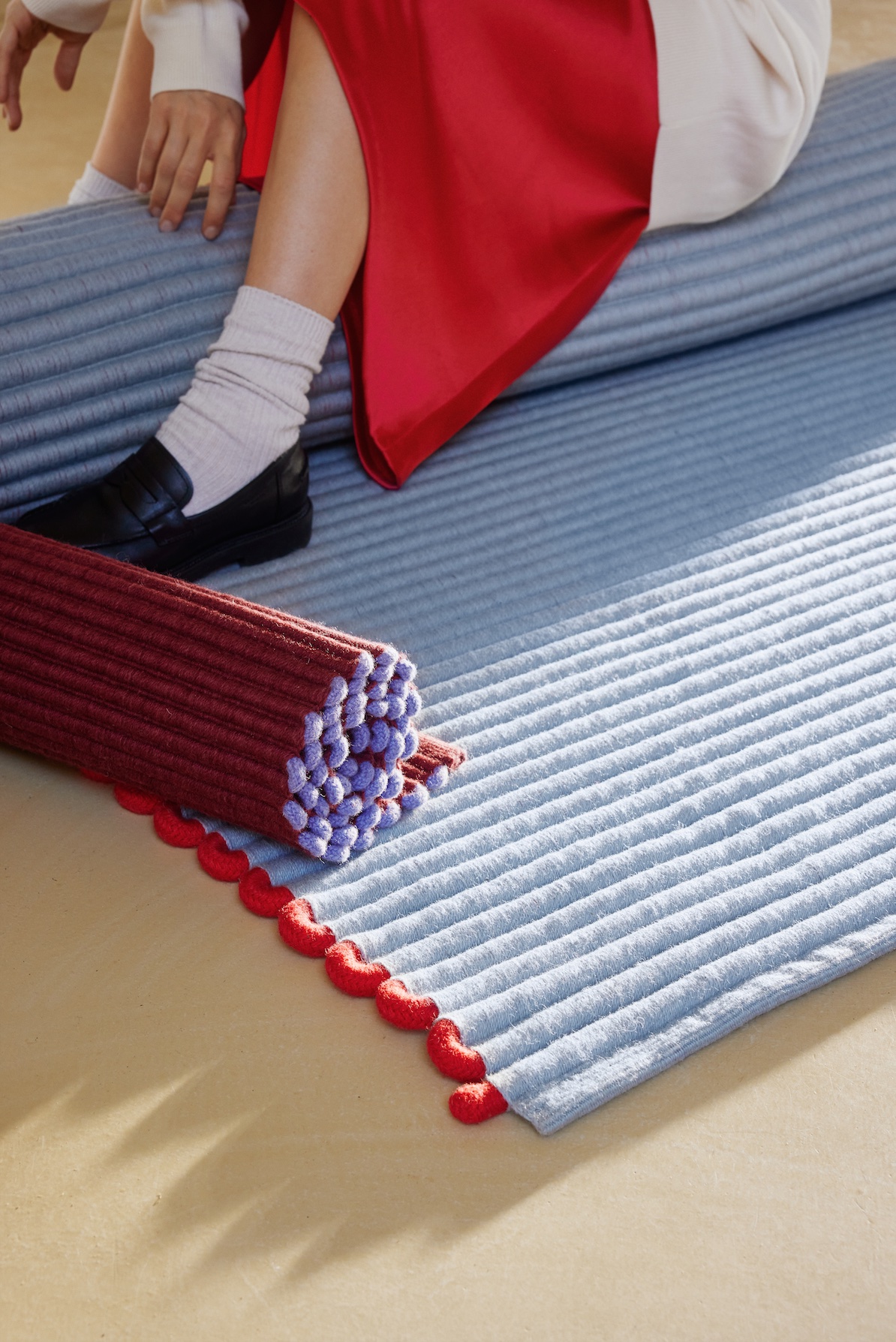
Immonen has also brought on board a fresh wave of Finnish creatives to maintain the mission. Among them is Marianne Huotari, a local textile designer and artist, who is now Finarte’s creative director. Huotari and Immonen work closely to evolve new collections – some designs come from Huotari herself, others from an intuitive pick of local artists, such as Saana ja Olli and Minni Havas. “We think together of a theme and then ask: ‘Who speaks the same language, but can bring something new?’” says Immonen.
“We really want to see the designers show their own unique style.” From its early days, the brand has worked closely with makers in India, where there is a ready supply of surplus and natural materials and a rich seam of crafting skill. The family even relocated there for a while when Immonen was a child and maintained close ties to suppliers. Two years ago, Immonen and Huotari travelled there together and many of the pieces emerging recently reflect that experience. Huotari’s Kertomus design, for example, has a vibrancy straight out of India’s north and a stepped profile reminiscent of temple architecture.
Some of the textures and finishes that Huotari discovered also informed the likes of the Virta, Sula and Baden rugs. “Some of the techniques blew my mind,” says Immonen. From its early days, Finarte has been guided by a sense of joy, weaving bold colours and textures into strong patterns, and who can blame us for wanting a piece of it now – for the office, the home or both.
This story was originally featured in OnOffice 169, Winter 2024. Discover similar stories by subscribing to our weekly newsletter here
Images by Carl Bergman, Suvi Kekäläinen and Malin Gustafsson

